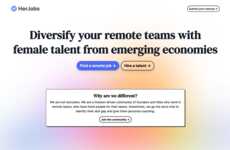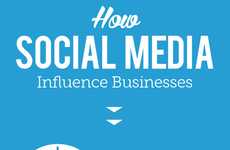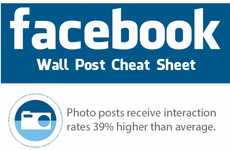
'Who is the Next Generation of Scientists?' Poster Analyzes Orientation
Senduran Bhakthakumaran — April 25, 2012 — Tech
References: awesome.good.is & good.is
A constant debate among humankind is the intelligence levels of males versus females and the 'Who is the Next Generation of Scientists?' infographic officially documents it.
It depicts the strengths of men and women in various topics that have presented themselves recently within the scientific world. It is depicted that a higher percentage of women over 25 years of age hold secondary education degrees when compared to men in the same age group.
The infographic uses an atomic representation to show the different types of STEM degrees and shows the percentage of men and women who hold such degrees. By understanding such useful information, employers and even students can begin to weigh options in terms of employment and their desired paths to success.
It depicts the strengths of men and women in various topics that have presented themselves recently within the scientific world. It is depicted that a higher percentage of women over 25 years of age hold secondary education degrees when compared to men in the same age group.
The infographic uses an atomic representation to show the different types of STEM degrees and shows the percentage of men and women who hold such degrees. By understanding such useful information, employers and even students can begin to weigh options in terms of employment and their desired paths to success.
Trend Themes
1. Gender Disparity in STEM Degrees - Opportunities for companies and educational institutions to create programs and initiatives aimed at increasing the number of females earning STEM degrees.
2. Data-driven Hiring Practices - New opportunities for companies to adopt data-driven hiring practices to balance the intelligence levels of males versus females in scientific fields.
3. Representation of Diversity in Science - Increased demand for more diversity and inclusion in the scientific industry, creating opportunities for companies to adopt more diverse workforces and marketing strategies.
Industry Implications
1. Education - Opportunities to create programs and initiatives aimed at increasing the number of females earning STEM degrees, in addition to providing equal opportunities for both males and females in STEM fields.
2. Human Resources - Opportunities to adopt data-driven hiring practices to balance the intelligence levels of males versus females in scientific fields, to create a more diverse and inclusive workforce.
3. Marketing and Advertising - Opportunities for companies in the scientific industry to adopt more diverse marketing strategies and messaging, to increase the representation of underrepresented groups in the field.
1.1
Score
Popularity
Activity
Freshness























